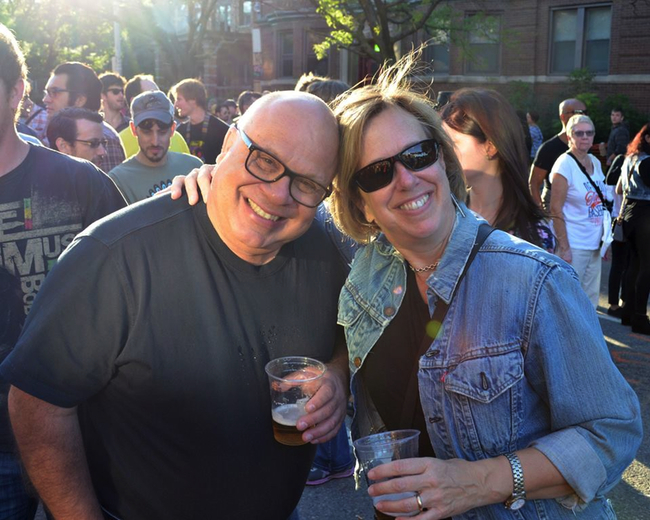So I was at lunch the other day, standing in line, waiting to order and pay. Things seemed to be taking a long time, and as I got closer, I could see why: The cashier was a flirt, and sort of all-thumbs. The credit-card swiper gave her problems, but she smiled and cocked her head prettily and seemed very bent on every (male) customer getting a few moments of her intense focus. She was no raving beauty, but she was cute enough, had a nice figure, a tight T-shirt, and the ineffable glow of Youth.
It was my turn. The bill was $9.81. I gave her a $20 bill and a penny. She stood over the cash drawer, staring down at it like she could transform it with the power of her gaze. (After all, it worked on the men.)
“I’m sorry,” she finally said. “What do I owe you?”
“Ten-twenty,” I told her.
“Thanks,” she said. “I really suck at math.”
“You’ve picked the right career, then,” I said.
I offer this anecdote mainly as a tiny glimpse of what it’s like for members of the non-pretty community to confront the realities of life, where a cute face, a snug T-shirt and an inability to make simple change qualifies you to be…pretty much anything, I bet. I guess I should be grateful she was only making change in an inexpensive restaurant and not running a nuclear reactor, but I bet there are a a few of her out there doing that, too.
A bit of bloggage:
Dexter and my other Wolverine fans, here’s John U. Bacon on the ongoing problems with the University of Michigan athletic program, and you might be interested. The football team’s problems have been well-covered, and this week a humiliating ticket-dump was revealed: Two tickets to the Minnesota game with the purchase of two bottles of Coke:
Michigan has somehow created a world where loyalty is punished with price hikes, and disloyalty is rewarded with freebies.
Michigan fans may be irrational about their love for the Wolverines, but they’re not stupid about their money. Their Saturday habit developed over a lifetime, but they can break it in a week.
I hear constantly from fans of other programs that their team is heading in the same direction. The question is, will other schools learn from Michigan’s mistakes in time to avoid Michigan’s troubles?
In case you’re wondering, yours truly was the unnamed colleague accused of lying in this bit of inside Bridge baseball. As you all know, I am a fearless teller of the truth. Yes, your ass looks fat in those pants.
Finally, not exactly an OID story (it happened in the Twin Cities just a couple years ago), but just one of the many reasons I love living here: Non-stop mayhem. Not that it’s good when infrastructure collapses and kills people, but life here is never boring, even for an adrenaline junkie. And OID would one of the first drivers on the scene be the Detroit Lions quarterback.
Have a good weekend, all.







